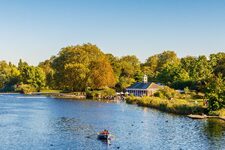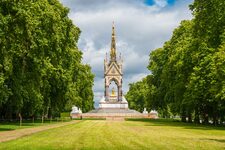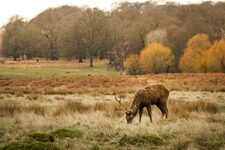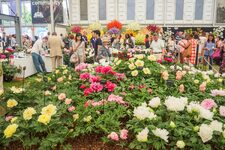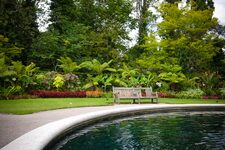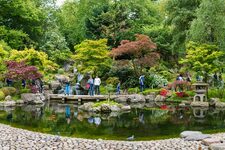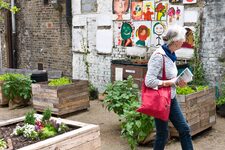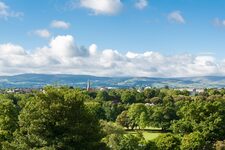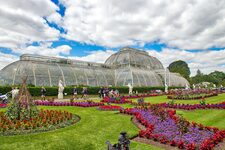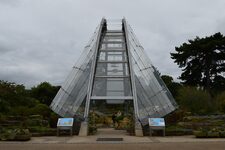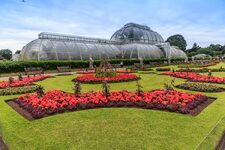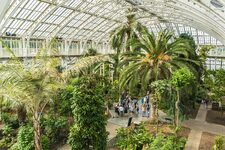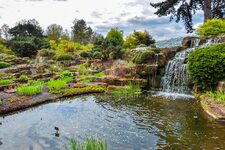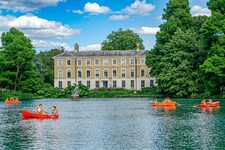Kew Gardens: A Botanical Oasis in the Heart of London
The Royal Botanic Gardens at Kew, commonly known as Kew Gardens, are one of London's hidden treasures, an oasis of greenery, biodiversity, and history nestled in the Kew district in southwest London. With their exceptional botanical collection, monumental greenhouses, and meticulously landscaped gardens, Kew Gardens offer both an educational and soothing experience for visitors of all ages. In this article, we'll explore the delights of Kew Gardens, from its historical origins to its current contributions to global biodiversity preservation.
History and Heritage of Kew Gardens
The history of Kew Gardens dates back to the 18th century when Princess Augusta, the mother of King George III, purchased Kew House and its surrounding lands. She developed the gardens as a place of learning and leisure for the royal family, and thus Kew became a site of botanical and scientific significance. Over the decades, Kew Gardens saw significant expansion through the efforts of botanists and plant collectors from around the world.
In 1840, Kew Gardens became England's National Botanic Garden and opened its doors to the public. Since then, the gardens have been engaged in botanical research, plant conservation, and environmental education.
Discovering the Royal Botanic Gardens of Kew
Kew Gardens span over 300 acres (approximately 121 hectares), making it one of the world's largest botanical gardens. Here is an overview of what you can discover during your visit:
1. The Royal Greenhouses
The greenhouses at Kew are iconic and captivating. You will find several greenhouses, including:
-
The Palm House Tropical Greenhouse: This majestic wrought-iron greenhouse houses an impressive collection of tropical plants, including immense palm trees and a lush waterfall.
-
The Orangery Greenhouse: Here, Mediterranean and desert plant species thrive under the sun. The perfect place to discover impressive cacti and agaves.
-
The Princess of Wales Conservatory: This contemporary greenhouse offers an insight into plant evolution and biodiversity.
-
The Alpine Greenhouses: They house rare and delicate alpine plants, offering a miniature mountain landscape.
2. The Treetop Walkway
The Treetop Walkway is an elevated walkway that offers spectacular views of the tree canopy. It's a great way to appreciate the diversity of tree species in the gardens.
3. Themed Gardens
Kew's gardens are designed to represent different ecosystems and types of vegetation from around the world. You can explore:
-
The Japanese Garden: A haven of peace with a pond and traditional Japanese plants.
-
The Australian Garden: A collection of native Australian plants.
-
The New Zealand Garden: A selection of plants endemic to New Zealand.
-
The Evolution Garden: It highlights the evolutionary relationships between plants.
-
The Mediterranean Garden: You will find an abundance of Mediterranean plants, from lavender to olive trees.
4. The Medicinal Plants Garden
Kew also houses a medicinal plants garden, where you can learn more about plants used in traditional medicine.
5. Biodiversity and Conservation
Kew Gardens play an active role in plant conservation and biodiversity. You can learn more about these essential initiatives and the threats faced by many plant species.
Events and Special Activities
Kew Gardens regularly hosts special events for visitors. Be sure to check their website for the latest exhibitions and happenings. You might have the chance to attend an outdoor sculpture exhibition, a spring flower show, or educational workshops.
Practical Tips for Your Visit
-
Opening Hours: Opening hours vary depending on the season, so check the Kew Gardens website for current times before your visit.
-
Tickets: You can buy tickets in advance online to avoid queues. Discounts are available for students, seniors, and children.
-
Getting There: Kew Gardens is easily accessible by tube, train, or bus from central London.
-
Food and Drinks: There are several cafes and restaurants in the gardens where you can enjoy meals and refreshments.
-
Guided Tours: To make the most of your visit, consider booking a guided tour to learn more about the historical and botanical aspects of the gardens.
In Conclusion
Kew Gardens is much more than just a botanical garden. It's an immersive experience in the world of plants, nature, and conservation. Whether you are a botany enthusiast, a gardening hobbyist, or just looking for a green escape in the heart of London, Kew Gardens has something to offer everyone. Discover the secrets of the plant kingdom, marvel at the beauty of biodiversity, and explore the Royal Botanic Gardens at Kew on your next visit to London. You will surely be enchanted by this botanical oasis in the heart of the London metropolis.


